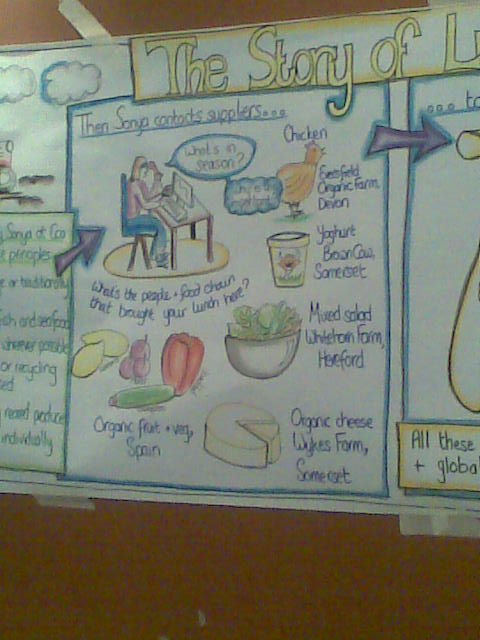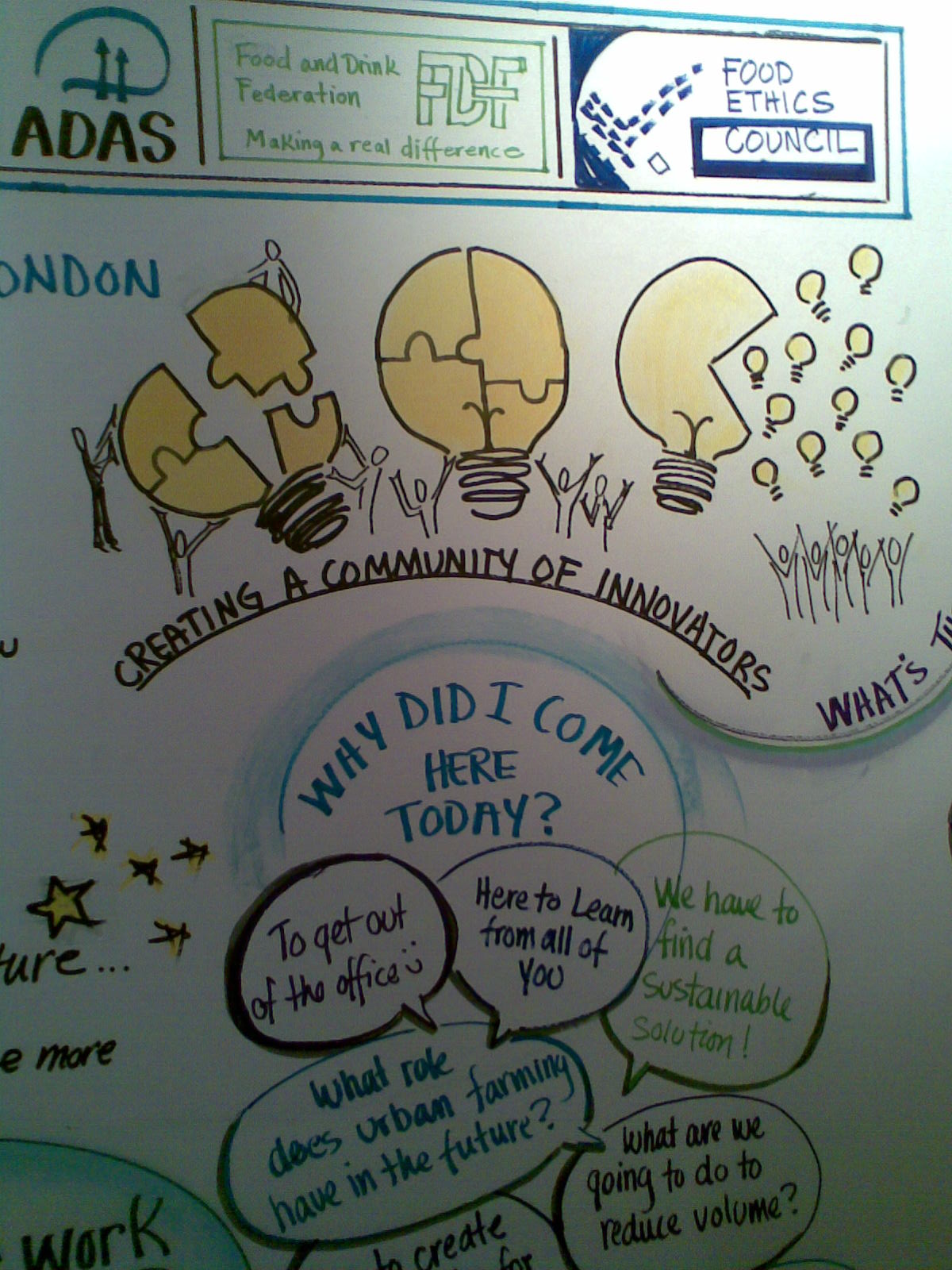I love to train people in facilitation skills. It's so much fun! People get to try new things in a safe environment, games are played, there's growth and challenge, fabulously supportive atmospheres can build up.
What's the minimum group size for this kind of learning?
How about one?
A group of one
From time to time I'm approached by people who want to improve their facilitation skills, but who don't have a ready-made group of colleagues to train with. I point them towards open courses such as those run by the ICA, and let them know about practice groups like UK Facilitators Practice Group. And sometimes, I work with them one-to-one.
This one-to-one work can also happen because a client doesn't have the budget to bring in facilitator for a particular event, and we agree instead to a semi-coaching approach which provides intensive, just-in-time preparation for them to play the facilitator role. This is most common in the community and voluntary sector.
The approach turns out to be a mix of process consultancy for specific meetings, debriefing recent or significant facilitation experiences, and introducing or exploring tools and techniques.
Preparing to facilitate in a hierarchy
A client had a particular event coming up, where she was going to be facilitating a strategy session for a group of senior people from organisations which formed the membership of her own organisation. She had concerns around authority: would they accept her as their facilitator for this session? She was also keen to understand how to agree realistic aims for the session, and to come up with a good design.
We spent a couple of hours together, talking through the aims of the session and what she would do to prepare for it. We played around with some design ideas. I introduced the facilitator's mandate, and she came up with ways of ensuring she had a clear mandate from the group which she could then use to justify - to them and to herself - taking control of the group's discussions and managing the process. Helped by some coaching around her assumptions about her own authority, she came up with some phrases she was comfortable using if she needed to intervene. We role-played these. She felt more confident about the framework and that the time and energy we'd put into the preparation was useful.
Facilitation skills as a competence for engaging stakeholders
As part of a wider team, I've been working with a UK Government department to help build their internal capacity for engaging stakeholders. As a 'mentor', I worked with policy teams to help them plan their engagement and for one team, this included helping a team member get better at meeting design and facilitation. He already had a good understanding of the variety of processes which could be used and a strong intuitive grasp of facilitation. We agreed to build this further through a (very short) apprenticeship approach. We worked together to refine the aims for a series of workshops. I facilitated the first and he supported me. We debriefed afterwards: what had gone well, what had gone less well, and in particular what had he or I done before and during the workshop and what was the impact. He facilitated the next workshop, with me in the support role. Again we debriefed. We sat down to plan the next workshop, and I provided a handout on carousel, which seemed like an appropriate technique. I observed the next two workshops, and again we debriefed.
Instead of a training course
I worked with a client who wanted to develop his facilitation skills and was keen to work with me specifically, rather than an unknown and more generic open course provider. I already knew his context and he knew I'd have a good appreciation of some of his specific challenges: being in the small secretariat of what is essentially an industry leadership group which is trying to lead a sustainability agenda in their sector. His job is to catalyse and challenge, as well as to be responsive to members. So when he is planning and facilitating meetings, he will sometimes be in facilitator mode and sometimes he will need to be advocating a particular point of view.
Ideally, I'd have wanted to observe him in action in order to identify priorities and be able to tailor the learning aims. But the budget didn't allow for this.
We came up with a solution which was based on a series of four two-hour sessions, where I would be partly training (i.e. adding in new 'content' about facilitation and helping him to understand it) and partly coaching (i.e. helping him uncover his limiting assumptions and committing to do things differently). The sessions were timed to be either a bit before or a bit after meetings which he saw as significant facilitation challenges, so that we could tailor the learning to preparing for or debriefing them. The four face-to-face sessions would be supplemented by handouts chosen from things I'd already produced, and by recommended reading. We agreed to review each session briefly at the end, for the immediate learning and feedback to me, and partly to model active reflection and to get him into the habit of doing this for his own facilitation work.
In our initial pre-contract meeting, we agreed some specific learning objectives and the practicalities (where, when). Before each session, we had email exchanges confirming what he wanted to focus on. This meant I could prepare handouts and other resources to bring with me.
And this plan is pretty much what we ended up doing.
He turned out to be very well suited to this way of learning. He was a disciplined reflective practitioner, making notes about what he'd learnt from his experiences and bringing these to sessions. He was thoughtful in deciding what he wanted to focus on which enabled me to prepare appropriately. For example, in our final session he wanted to look at his overall learning and to identify the learning edges that he would continue to work on after our training ended. We did two very different things in that session: he drew a timeline of his journey so far, identifying significant things which have shaped the facilitator he is now. And we used the IAF's Foundational Facilitator Competencies to identify his current strengths and learning needs.
Can it work?
Yes, it's possible to train someone in facilitation skills one-to-one. This approach absolutely relies on them have opportunities to try things out, and is very appropriate when someone will be facilitating anyway - trained or not. The benefits are finely tailored support which can include advice as well as training, coaching instead of 'talk and chalk', and debriefing 'real' facilitation instead of 'practice' session.
There are downsides, of course. You don't get the big benefit which can come from in-house training, where a cohort of people can support each other in the new way of doing things and continue to reflect together on how it's going. And you don't get the benefit of feedback from multiple perspectives and seeing a diverse way of doing things, which you get in group training.
But if this group approach isn't an option, and the client is going to be facilitating anyway, then I think it is an excellent approach to learning.















